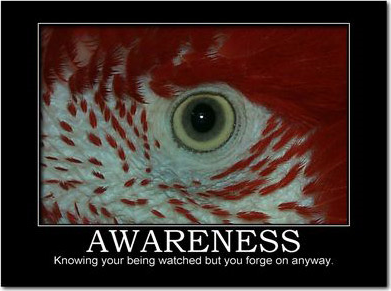

Consequently, there is considerable interest in effectively harnessing comparison processes to promote healthy behavior and self-concept. Social comparisons also contribute to mental health conditions such as depression ( Swallow and Kuiper, 1988) and to physical health outcomes such as smoking ( Gerrard et al., 2005), weight loss ( Leahey et al., 2011b), and chronic illness self-care ( Arigo et al., 2015), and comparison is recognized as a key mechanism underlying health behavior change ( Olander et al., 2013). For example, a range of research designs and assessment methods has shown that comparisons can influence intrapsychic states such as affect and attitudes ( Myers, 1978 Buunk et al., 1990), satisfaction with one's current status ( Major and Testa, 1989), and perceptions of risk for negative outcomes ( Klein and Weinstein, 1997).

To date, more than six decades of research has demonstrated that self-evaluations relative to others (i.e., social comparisons) have important implications for well-being and health ( Buunk and Gibbons, 2007 Gerber et al., 2018). We describe key decision points for future work to help advance within-person naturalistic assessment methods and improve the utility of such approaches to inform research, theory, and intervention. Findings broadly establish heterogeneity in the aspects of comparison considered critical for within-person naturalistic assessment. However, there was considerable heterogeneity in the number of assessments, assessment periods, recording modalities, and comparison predictors and outcomes assessed. other comparison dimensions) and collected information in response to signals (rather than initiated by participants). Most studies assessed appearance comparisons (vs. In articles meeting these criteria (33 unique studies across 36 published papers), we summarized aspects of the comparison assessment, including recording methods, direction (e.g., upward, downward), target (e.g., friend, stranger), and dimension (e.g., status, appearance). Articles were included if they described at least 3 comparison assessments within each participant, taken in the natural environment, and spaced no more than ~24 h apart (i.e., repeated momentary or daily assessment). Searches in PubMed, PsycInfo, and CINAHL identified relevant articles published before June 2019. To address this gap, the aims of this scoping review were: (1) to summarize available literature on within-person naturalistic assessment of social comparison, and (2) to provide a set of key considerations to inform future social comparison research using within-person naturalistic assessment. Although promising, this work to date lacks an overarching conceptual framework for guiding decisions about assessment design and implementation. Research across social and clinical psychology has implemented methods to assess comparisons naturalistically, involving intensive, repeated assessments of comparison occurrence, characteristics, and consequences in everyday life (via ecological momentary assessment or daily diaries). Global, retrospective assessment forces aggregation across contexts and reduces ecological validity, limiting its utility for informing a nuanced understanding of comparisons in daily life. Yet, comparison is inherently a dynamic, within-person process comparisons occur at different times, on a range of dimensions, with consequences that can vary by context. Self-evaluations relative to others (i.e., social comparisons) have well-established implications for health and well-being, and are typically assessed via global, retrospective self-report. 4Departments of Biobehavioral Health and Medicine, Pennsylvania State University, State College, PA, United States.3Department of Nursing, Pennsylvania State University, State College, PA, United States.2Prevention Research Center, Pennsylvania State University, State College, PA, United States.1Department of Psychology, Rowan University, Glassboro, NJ, United States.Brown 1, Kristen Pasko 1, Laura Travers 1, Logan Sweeder 3 and Joshua M.


 0 kommentar(er)
0 kommentar(er)
